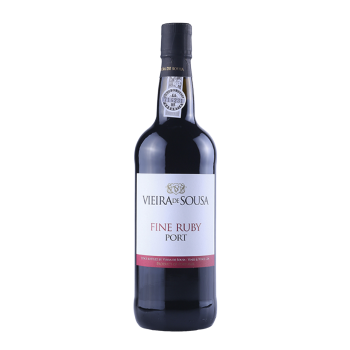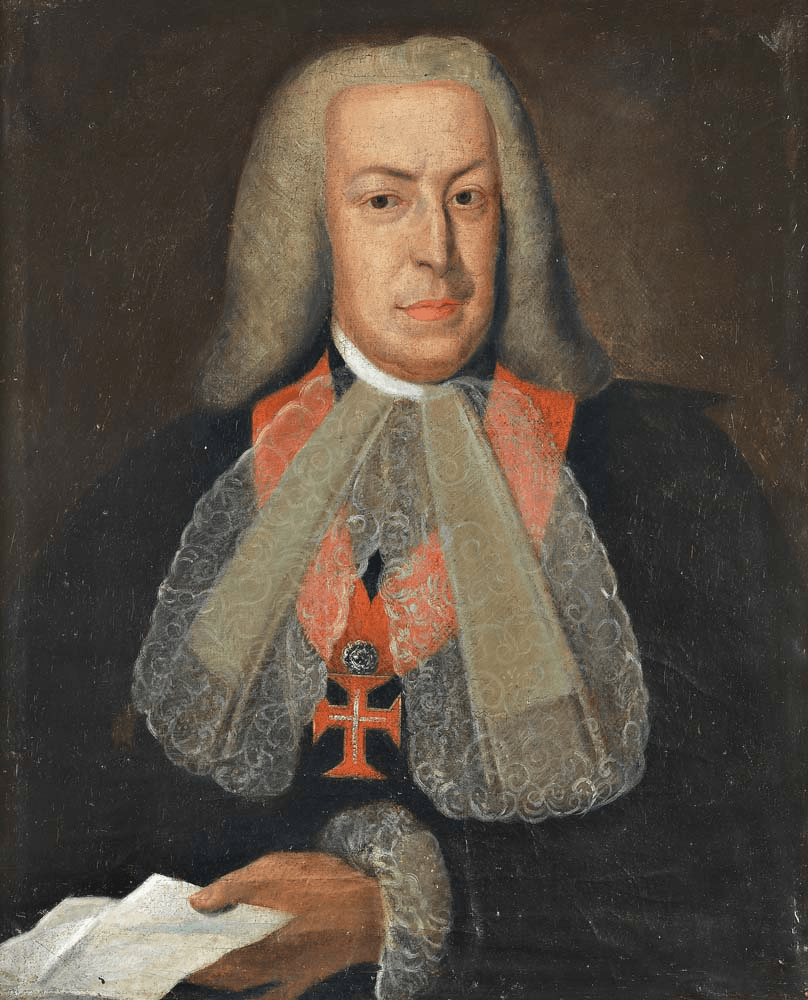Major dates in the history of Port wines
Port wines are not produced in Porto (historically this was the location of the port, located where the Douro River joins the sea, from which traders, especially English ones, exported wine) but instead 100 kilometers upstreamin the Alto Douro region of Portugal.
3000 years ago grape wines were already being cultivated.
Although the oldest archaeological remains showing the cultivation of vines and wine in the region (vats, amphorae ...) date back only to the 5th century BCE, it seems that the Phoenicians sailed up the Douro and began cultivating grape vines on its banks more than 3000 years ago.

PORTOVINTAGE.COM
DIRECT FROM PORTUGAL
Shipping throughout Metropolitan France, Belgium and Peninsular Spain
I discover
In the 14th century: commercial sales of Port wine by the English
The wine growing region experienced a particular boom during the fourteenth century, when England and France were engaged in the 100 Years War, and the English arrived in Portugal, with the goal of supplementing their wine imports. Close commercial ties were formed at this time between Portugal and England. In 1387 King John I of Portugal married an English princess and in 1662 the English King, Charles II, married the daughter of King John IV of Portugal.
In the 17th century, England and Portugal sign the Methuen Treaty
English traders settled in Portugal. In 1703 Portugal and England signed the Methuen Treaty (named for the English negotiator). The treaty stipulated that customs duties on Portuguese wines would be no more than two-thirds of the duties applied to French wines, in exchange for the lifting of restrictions on imports of English linen into Portugal.
The beginning of the 18th century saw brandy added to Port wines
The trade in Port wines then took off on a much larger scale. In the early eighteenth century it was customary to add brandy to wine just after fermentation in order to protect the wine against disease and improve its taste. At the same time, wine skins made from goatskin, which had been used alongside barrels, were abandoned. Along with the commercial traders, cheap labour poured into the wine producing region of the Alto Douro from the textile industry - now ruined by the Methuen Treaty.
In 1727, a profound crisis strikes portuguese vineyards.
English merchants living in Portugal banned together in order to demand lower prices from the wine producers. This triggered a crises for the wine producers. The quality of the wines had declined (the use of elderberry juice as a coloring agent, dosing of alcohol percentages...) and, at the same time, prices were falling.
In 1756, the Marquis of Pombal brings the crisis to an end
Paradoxically, it was the earthquake of 1755 (40,000 dead in Lisbon) and the intervention of the Marquis de Pombal which put an end to this crisis. To finance the reconstruction of the country, the Portuguese Prime Minister, whom the king had endowed with full powers, Sebastião de Carvalho, Marquis de Pombal, created several monopolies, including the Douro Wine Company in 1756.
The Douro Wine Company first defined the Port wine region by marking its borders with 335 granite bollards. The Company then divided the vineyard into two categories of terroirs in accordance with the quality of the wine produced. To do this it relied, in particular, on the nature of the soil, preferring soil rich in shale rather than granite (even today, Douro producers continue to say that granite quartz will reflect the moonlight while pure shale will fail to do this and remain matte). The Douro Wine Company also created a method of controlling the quantity of available wine with the famous "Law of Thirds" which forbids wine producers from selling more than one third of their available stock. Finally, the Company ensured the quality control over the wines produced by the winemakers by hiring its own tasters, as well as setting a range of purchase prices. To further establish its power, it gave itself a monopoly on the sale of brandy used to strengthen the wine.At the same time the Marquis de Pombal limited the use of fertilizers in the best areas of production then ordered, and personally oversaw, the uprooting of all elderberry plants in Northern Portugal. In a way, Port wine was the first Appellation d'Origine Contrôlée ("Protected Designation of Origin") in the world.
In spite of these measures, which were intended to weaken the English hold on the Port wine market as well as improve standards of production, Port wine in general and its quality in particular remained in flux until the middle of the 19th century. Producers and traders refusing to work together. The Douro Wine Company used its monopoly to sell a poor quality brandy (distilled from figs, raisins and carob seeds...). In the Alto Douro, changes in weather patterns from one year to the next, and from one valley to another, resulted in highly irregular grape harvests, which led to the variable amounts of brandy being added and the use of blackberry juice now replaced that of the elderberry...
1840 Modern Port wine
It was not until the 1840s that Port wine started to resemble the wine we know today. Charles Dickens described a Tawny which had spent quite some time in its barrel and had a beautiful light color. At the same time, traders began to buy quintas (farms) in the Douro, in order to produce their own wines and experiment with different methods of aging.
After the destruction wreaked upon the vineyards, first by powdery mildew around 1850 and then by phylloxera around 1860, new techniques in wine production were introduced and updated: the selection of grape varieties, planting and cultivation of the vines, phytosanitary practices, winemaking methods and mastery of the aging process...
Today's Port wines, their production, their aging and the organisation of the vineyard are all the result of more than a thousand years of history.


